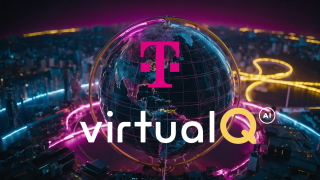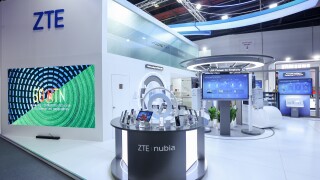We are already near the middle of 2018 and it would be interesting to reflect on this first half of the year. What trends are you seeing in the industry?
We’re continuing to see aggressive bandwidth growth, particularly from large scale content companies. A lot of our customers in that sector are heavily deploying 100G ports now. The volume of traffic over those ports has grown around 300% from last year. So that’s both the number of 100G ports increasing plus their usage. This growth was expected to a degree, and we have the infrastructure in place to support it. Another trend we’re seeing is a lot of activity in network security. It’s a cat and mouse game between the attackers and the network operators who are trying to stop them. We’ll continue to see attackers look for new ways to accomplish their goals.
Regarding network security, do you think companies in general have plans in place to defend themselves against cyberattacks?
On the network operator side, I’d definitely say yes, except maybe for some of the small local operators whose plans are a little less formed. The larger global networks all have plans in place. At a company level, it varies a great deal. A lot depends on what a company’s risk profile was in the past, and how they believe an attack would affect their business. It’s not a switch you can flip in one day. It takes time and money to put people and infrastructure in place.
How are global carriers addressing the security issue?
There’s more and more collaboration and exchange of ideas around network security. There’s a lot of dialogue at an engineering level certainly, and many industry events where discussions are happening with carriers trying hard to be more proactive in establishing channels of communication. I think that’s a positive thing.
Which solutions have proved most effective against threats to networks and infrastructure?
It’s a combination of things. We continue to build and improve our portfolio which includes, for example, a DDoS protection service. We’ll be announcing an extension of that in the next few months. But really, it’s all down to whatever is the best service profile for that particular customer. Some will want us to handle security with minimal interaction from them, while some will want us to control and define their parameters for them. We try to offer different options to meet different requirements.
What range of network security services does NTT Com offer to its customers?
It extends from our basic blackholing service, which is free to customers. Beyond that are access control products to provide a basic level of filtering, then the mitigation and scrubbing of attack traffic. There’s a fourth level on the way to make our range the most comprehensive it can be.
At ITW you are participating in a panel about the role of global carriers in the IoT ecosystem. What is the impact of IoT on the wholesale carrier networks?
IoT is going to have as big an impact as anything we have yet seen. But we’re not there today. There aren’t enough devices yet, or enough applications, to have had a real impact on carriers and backbone networks. The action so far is mainly at the edge, with mobile networks as they prepare for 5G. We might end up seeing an even bigger impact from things like VR and AR when they get traction. Those applications will drive a ton of bandwidth usage. People will be in six different cities around the world, but it will be like they’re in the same conference room. Or they’ll be experiencing distance learning in their living room. In either case, video might be streaming for an hour or more.
How important is collaboration and partnership between carriers to ensure a seamless IoT experience for customers?
I think it will become even more important than it is today. It can take on different shapes depending on what kind of application you’re talking about. The good news is that, in most cases, the industry has a very good track record of collaboration. The Internet would not function without it.
Carriers seem to be paying more attention to automation to increase efficiency, reduce costs or both. What is the experience of NTT Com in automating its global network?We’ve been automating our network since the late 1990s. What we’re doing today is a lot more sophisticated and comprehensive. In our experience, automation creates a much better experience for customers. I think customers notice this and see that there’s benefit there. And of course there’s a cost impact. If you keep doing things manually, your costs will keep going up as the network grows. For us both were important – serving the customer better and improving our cost structures. But it’s not a destination, it’s a journey. You don’t automate once and it’s all done.





